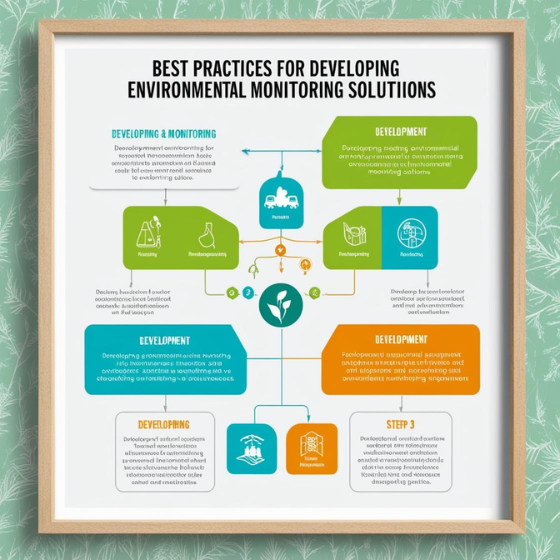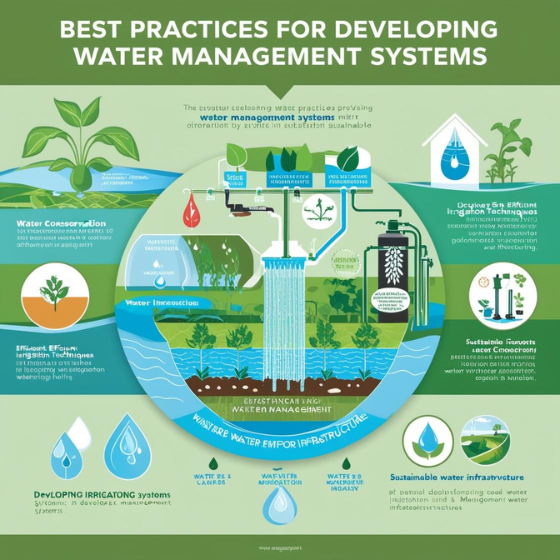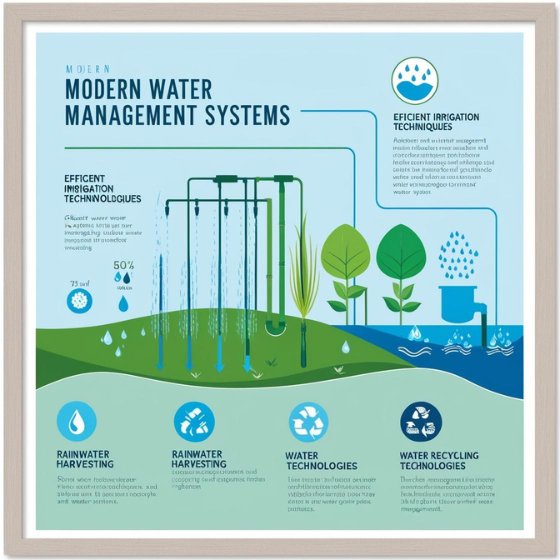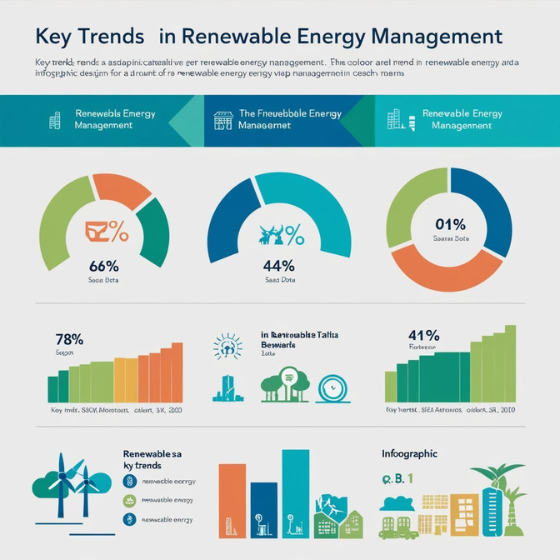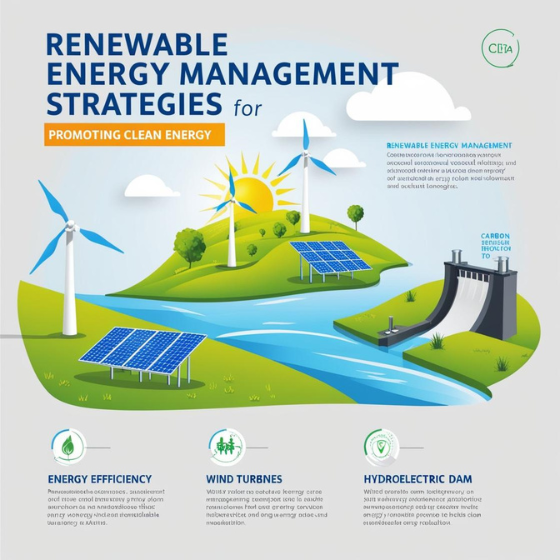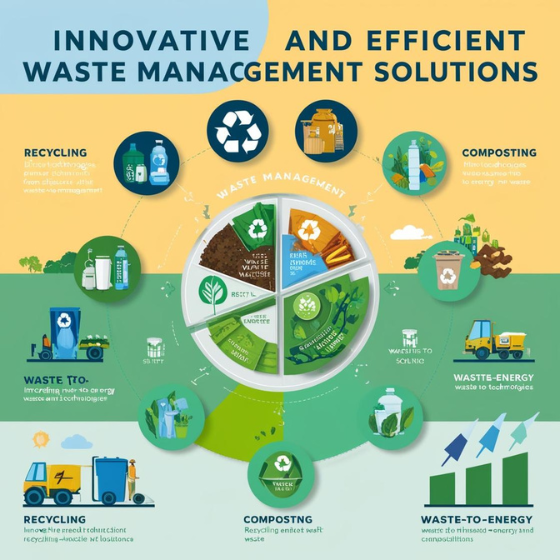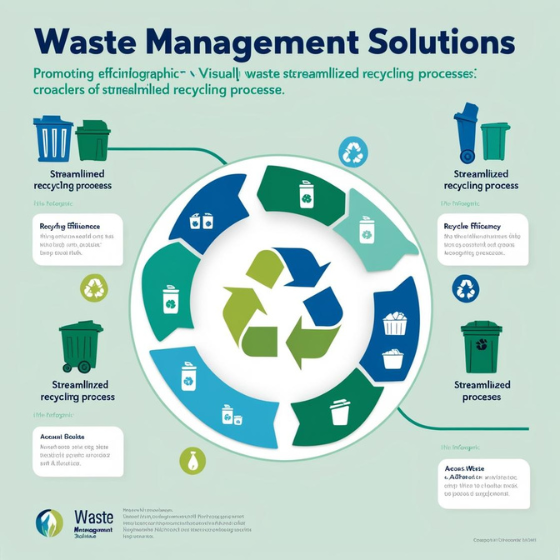Best Practices for Developing Environmental Monitoring Solutions
Environmental monitoring solutions are essential tools for tracking and managing the environmental impact of businesses, industries, and governments. Developing effective solutions requires a comprehensive approach that combines cutting-edge technology, user-centric design, and a commitment to regulatory compliance.
This guide outlines the best practices for developing environmental monitoring solutions that deliver accuracy, scalability, and long-term value.
1. Define Clear Objectives
Before development begins, it’s essential to define the purpose and scope of the monitoring solution.
- Key Questions to Ask:
- What environmental factors will be monitored (e.g., air quality, water usage, emissions)?
- Who are the primary users (e.g., regulatory bodies, industries, community groups)?
- What compliance standards must the solution meet?
Example: If the objective is to monitor water quality for a manufacturing company, the solution must focus on parameters like pH levels, turbidity, and contaminant concentrations.
2. Leverage Cutting-Edge Technology
IoT for Real-Time Data Collection
Use IoT-enabled devices to collect real-time environmental data. Sensors connected to the cloud can measure variables like air pollution, water quality, and energy usage with high accuracy.
AI and Machine Learning
Integrate AI to analyze vast datasets, identify patterns, and provide actionable insights. Predictive analytics can forecast potential environmental risks, enabling proactive measures.
Example: AI can predict water contamination risks by analyzing historical data, weather patterns, and chemical discharge trends.
Blockchain for Data Integrity
Blockchain technology ensures secure, tamper-proof data logging, which is crucial for regulatory compliance and stakeholder transparency.
3. Focus on Scalability and Flexibility
Environmental monitoring needs evolve over time, so your solution should be scalable to handle increased data volumes and new monitoring requirements.
Best Practices:
- Use modular architectures to add new features easily.
- Design for multi-industry applications, ensuring flexibility across sectors like manufacturing, agriculture, and urban planning.
4. Ensure Regulatory Compliance
Compliance with local and international environmental standards is non-negotiable.
Steps to Achieve Compliance:
- Integrate frameworks like ISO 14001 (Environmental Management Systems) and local regulations.
- Include automated reporting features to meet compliance deadlines.
Pro Tip: Stay updated on changing laws and policies to ensure your solution remains compliant in the long term.
5. Prioritize User-Centric Design
An intuitive user interface (UI) and seamless user experience (UX) are critical for adoption.
Best Practices:
- Use simple dashboards with customizable views for different user roles (e.g., technicians, executives, regulators).
- Provide multi-language support for global applications.
- Incorporate mobile-friendly features for on-the-go monitoring.
6. Enable Real-Time Alerts and Notifications
Environmental risks like air pollution spikes or water contamination require immediate action.
Implementation Tips:
- Include SMS and email notifications for threshold breaches.
- Offer predictive alerts based on AI-driven insights to allow proactive measures.
Example: A real-time alert system for a factory can notify operators of rising carbon monoxide levels, enabling quick action to prevent regulatory violations.
7. Integrate Stakeholder Engagement Features
Transparency builds trust with stakeholders, including customers, investors, and regulatory bodies.
Features to Include:
- Interactive data visualizations and storytelling tools for reports.
- Public dashboards for community transparency.
- Collaboration tools for team-based decision-making.
8. Conduct Robust Testing
Thorough testing ensures the reliability and accuracy of your solution.
Key Testing Stages:
- Sensor Accuracy Testing: Ensure devices collect precise data under various environmental conditions.
- System Stress Testing: Confirm the solution can handle large volumes of data without downtime.
- Compliance Testing: Verify the solution meets regulatory standards.
9. Provide Ongoing Maintenance and Support
Environmental monitoring is an ongoing process that requires consistent updates and support.
Best Practices:
- Offer regular software updates to address evolving compliance requirements.
- Provide 24/7 technical support for critical monitoring systems.
- Develop a feedback loop with users to continuously improve the solution.
10. Promote Sustainability and Cost-Effectiveness
While the focus is on environmental monitoring, the solution itself should align with sustainability principles.
Implementation Tips:
- Use energy-efficient IoT devices to minimize the carbon footprint.
- Develop cost-effective subscription models to make the solution accessible to small and medium-sized enterprises (SMEs).
Conclusion
Developing effective environmental monitoring solutions is a complex but rewarding process. By defining clear objectives, leveraging technology, and prioritizing user-centric design, businesses can create solutions that not only ensure compliance but also drive sustainability goals.
At Sodio, we specialize in creating innovative, scalable, and compliant environmental monitoring solutions tailored to your needs.
Contact Sodio to learn how we can help you develop an advanced environmental monitoring solution that meets your goals.
